
It’s time to rethink energy efficiency
Improving energy efficiency performance is the quickest and most affordable way to decarbonize our economy and ensure reliable and sustainable energy for everyone on the planet. In the past 20 years, improvements in energy efficiency have kept a lid on emissions but the potential of the full-scale effect of deploying energy efficiency has still not been tapped.
According to the International Energy Agency (IEA), energy efficiency improvements can deliver a third of the energy-related emission reductions needed to reach the 2050 Net Zero Scenario [1]. Therefore, energy efficiency will be critical to succeed with the green transition.
The challenge we face is that the current thinking of leaders around energy efficiency is stuck in the fossil fuel era, and this outdated understanding of energy efficiency is jeopardizing our ability to meet global climate goals.
In a fossil-fuel system, energy efficiency has been all about using less energy to achieve the same output, such as increasing vehicle fuel economy. And while this is still crucial, renewables produce electricity, not gas or coal. So, it’s time to rethink energy efficiency for an electrified energy grid based on renewable energy.
To create a highly energy-efficient renewable grid, we must electrify wherever possible, create a more flexible grid, use hydrogen wisely, and integrate sectors. Together, these elements make up a new understanding of energy efficiency shaped for the era of renewables. Together, they are “Energy Efficiency 2.0”.

Energy Efficiency 2.0 is the fastest and most cost-efficient way to turn a 2050 net-zero scenario into a reality.
What is energy efficiency?
|
Energy efficiency aims at reducing the amount of energy required to produce goods and provide services. It’s all about doing more with less. In other words, it is the quickest and cheapest way of improving energy security, lowering greenhouse gas emissions, and reducing energy bills. This is because the greenest and cheapest energy is the energy we don’t use. Increasing energy efficiency is often about making small improvements like installing energy-saving components such as valves or thermostats. However, energy efficiency is integral to all aspects of sustainable growth and innovation and must therefore be considered at a system level. To use less energy and unlock the full potential of renewable energy sources, efficiency improvements, and electric technologies are key. This is because we reduce the need to expand the grid when we reduce energy demand and therefore accelerate the switch to renewable sources. Energy-efficient electric technologies also bring energy savings, enhance digitalization, and reduce greenhouse gas emissions[2]. Our future energy system must move beyond fossil fuels, and so too must the way we think about energy efficiency. We need to start thinking about how to increase energy efficiency in a system built for and powered by renewable energy. This means we must electrify wherever possible, increase flexibility, use green hydrogen, and store energy efficiently. |

The benefits of energy efficiency
One of the most apparent benefits of energy efficiency is that it can reduce energy consumption, which leads to overall lower energy costs. Similarly, reducing energy waste also means reducing greenhouse gas emissions. Finally, reducing reliance on fossil fuels and energy imports also helps create security, independence, and stability in times of increasing geopolitical uncertainty.
The solutions are already there, and they can be implemented right away. And most have short payback time. Faster action on energy efficiency will reduce energy costs by up to USD 2 trillion with the current prices, and by 2030 can create 10 million jobs in areas such as new construction and building retrofits, manufacturing, and transport infrastructure [3].
How to improve energy efficiency for the future energy system
Improving energy efficiency is important as it reduces our carbon footprint and presents a major opportunity for driving the world towards an ambitious, cost-effective, and just energy transition. It will also help deliver a more sustainable economy that can bring benefits for economic growth, employment, quality of life, public health, improved air quality, industrial productivity, and energy security highlighting the importance of energy efficiency.
To improve and promote energy efficiency for the future energy system, we need to focus on enhancing energy efficiency in a grid designed for renewable power. This requires widespread electrification, increased flexibility, the use of green hydrogen, and sector integration.

Electrify wherever possible
Most renewables produce electricity. To accommodate the major build-out of renewables necessary to reach net zero, the scope and depth of electrification need to go much further.
By transitioning from a fossil energy system to a fully electrified one, we can cut up to 40% of final energy consumption.[4] This shows that electrification is itself a form of energy efficiency, as most electric technologies have a lower rate of energy loss while performing the same function as a fossil-driven equivalent. Think of heat pumps, which are three to five times more efficient than gas alternatives.[5] Or electric vehicles, which have an energy loss of only 15-20% compared to 64-75% for combustion engine vehicles.[6]
Explore electrification in action
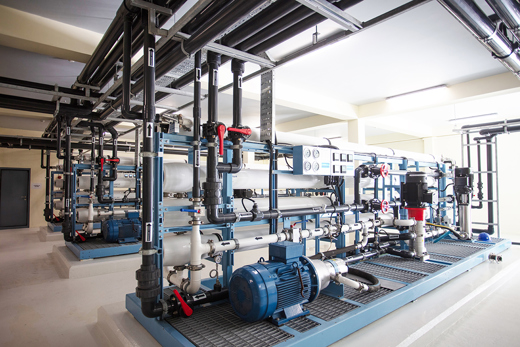
Use green hydrogen wisely
Powering our future energy system with renewables will require a rapid scale-up of green hydrogen, as it enables us to decarbonize hard-to-electrify sectors. However, hydrogen conversion requires incredible amounts of energy. In fact, by 2050, hydrogen production will require more than half the total electricity demand today.[7] High-efficiency technologies for electrolysis will be essential to lower the energy demand for hydrogen, ensure energy security, and stabilize the grid.
Explore green hydrogen in action
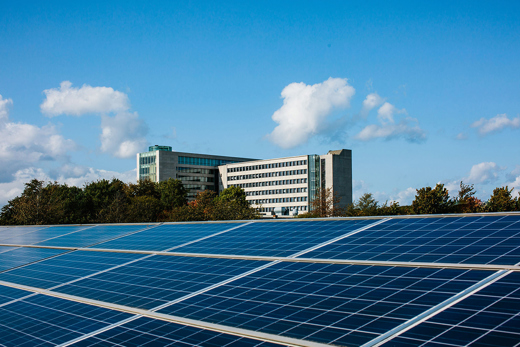
Create a flexible grid with demand-side flexibility
Reinventing energy efficiency is not only about using less energy but also using the right energy at the right time. Demand-side flexibility aims to level out energy consumption so we do not experience periods of simultaneous high demand and low supply. The primary methods for achieving this are load-shifting and peak-shaving.
By maximizing the potential of demand-side flexibility, the EU and UK can annually save 40 million tons of CO2 emissions and reduce the electricity generation from natural gas by 106 TWh, or about one-fifth of the EU’s natural gas consumption for electricity generation in 2022.[8] Adding to this, the annual societal cost savings amounts to €10.5 billion by 2030. Similarly, households can save on average 7% on their electricity bills.[9]
Explore demand-side flexibility in action
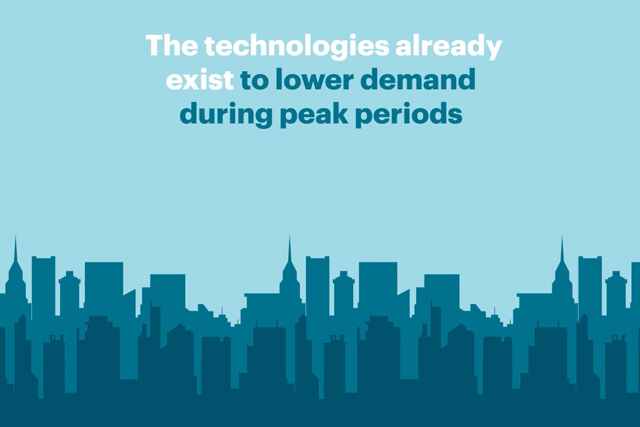
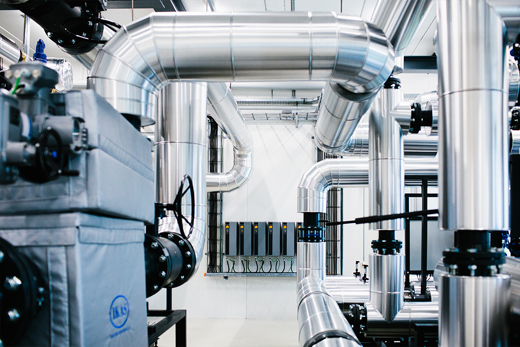
Sector integration
By strategically integrating sectors and deploying excess heat, otherwise known as 'waste heat', we can ultimately lower demand on energy production and maximize efficiency. By 2030, up to 53% of the global energy input will be wasted as excess heat.[10] However, this heat can be captured and reused to power machinery, as well as heat buildings and water through deeper sector integration.
Explore sector integration in action
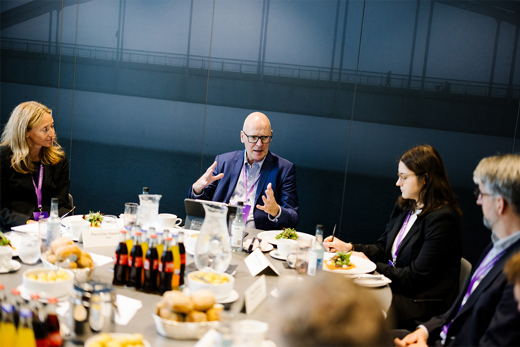
How policy helps us solve the challenges of our future energy system
One of the biggest challenges we face in the future energy system will be the significant increase in demand for electrical power and the impact this will have on the grid. To address this, we need to rethink energy efficiency and place it at the core of energy policy and climate mitigation strategies to ensure our future energy system has the capacity and infrastructure to efficiently harness the renewable energy in our future energy mix.
Energy efficiency must work in harmony with the build-out of renewables to meet our climate goals, ensure energy security, boost the economy, and fundamentally transform the way energy is governed and consumed. This revised understanding of energy efficiency – what we are calling “energy efficiency 2.0” – is the fastest and most cost-efficient way to turn a 2050 net-zero scenario into a reality. We already have the necessary technology. We don’t need magic but immediate political action to scale the solutions.
Now is the time for decision-makers at all levels to set the right regulatory and economic framework to reach net zero by 2050. Energy efficiency 2.0 has the potential not only to reduce carbon emissions but also to deliver substantial economic savings both at a societal and customer level. But for this to become a reality, the regulatory framework must be implemented now.
Read the full breakdown of policy recommendations and necessary steps to take to ensure the solutions for our future energy system are not only engineered but also implemented.
Energy efficiency and electrification across sectors
By 2050, renewables need to make up roughly 70% of the energy mix if we are to reach net zero and the goals of the Paris Agreement. The energy renewables produce comes mostly in the form of electricity. But if we don’t have the infrastructure in place to effectively use that electricity – across transport, buildings, industry – producing so much of it is a relatively pointless endeavor. To use the electricity generated by renewables, we must undergo an engineering-led revolution to electrify all possible elements of our energy system.
An electrified society could cut up to 40% of final energy consumption simply because electric technologies waste less energy than their fossil-fuel counterparts.[11] At the same time, energy efficiency measures can accelerate the electrification of sectors – for instance, making heavy-duty vehicles more efficient is fundamental for reducing the size of the batteries needed to electrify them. This is why we must begin thinking about electrification itself as a form of energy efficiency.

Energy efficiency in buildings
Buildings account for 26% of all global energy-related CO2 emissions [12]. Therefore, we need to ramp up improvements in the energy efficiency of both new and existing buildings. Smart buildings can play a significant role in increasingly digital and integrated energy systems.
In 2022, heat accounted for 50% of global final energy consumption in buildings [13]. There is a tremendous potential in reusing heat that would otherwise be wasted, also known as excess heat. By 2030, up to 53% of the global energy input will be wasted as excess heat [14].
Supermarkets are big energy consumers due to the large cooling devices running 24/7. But supermarkets can also generate heat and power as a byproduct of the intensive cooling processes. Supermarkets can harvest the excess heat from the cooling devices that is disappearing into the air today and use it to heat their own store or to provide hot tap water for free to the surrounding areas.
Additionally, connected buildings, such as supermarkets, can offer excess capacity in an increasingly renewable-energy-based system, providing flexibility when the sun is not shining or the wind is not blowing. Smart energy solutions – district energy and thermal energy storage – that combine cooling and heating are highly energy and resource-efficient and affordable solutions.
Examples of energy efficiency in buildings
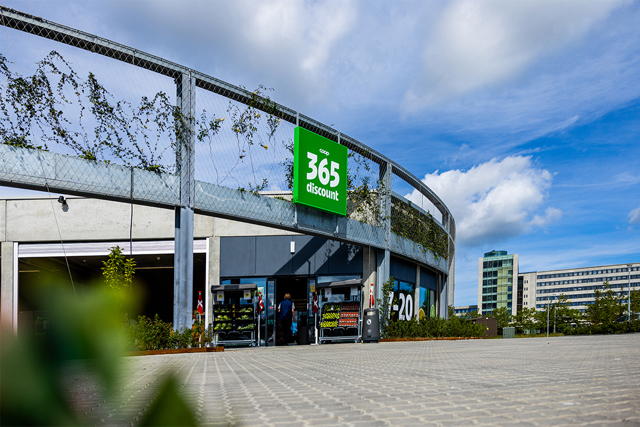

Energy efficiency in industry
Estimates suggest that the global floor area will be doubled by 2060, adding the equivalent size of New York City in new construction every month for the next 40 years [15]. Construction machinery, such as excavators, is notorious for being inefficient and swallowing vast amounts of diesel, very little of which is converted to productive work. The construction industry accounted for a total of 20% of global-related carbon emissions in 2020 [16].
Today, the solutions are already there to drastically improve fuel efficiency in heavy construction machines, while more compact machines can be fully electrified. By combining electrification and energy-efficient solutions in an excavator, just a quarter of the energy input is needed to shift the same amount of earth. Continued improvements in energy efficiency will pave the way for full electrification of the construction machinery.
Examples of energy efficiency in industry
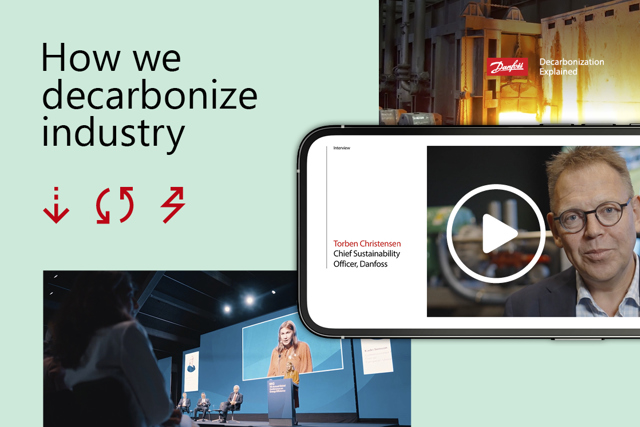

Energy efficiency in transport
Transport accounts for 27% of all global energy-related CO2 emissions [17]. But transport also emits dangerous particles that impact air quality in cities and harbors. With the electrification of engines and more efficient use of their energy, we can make battery power stretch further in hybrid and electrified vehicles and double down on both emissions and air pollution.
According to the World Health Organization, 99% of the world’s population lives in places where air pollution levels exceed WHO guideline limits [18].
The Intergovernmental Panel on Climate Change IPCC Special Report on Global Warming of 1.5ºC finds transitions in energy for transport and cities to be important pathways to limiting global warming [19]. So, to limit the temperature increase to 1.5 degrees Celsius and reduce the health impacts of air pollution, we must focus on transport electrification.
More energy-efficient vehicles are important steps, as are electric mobility and vehicle electrification. With electrification comes great opportunities to enhance the flexibility, efficiency, and environmental performance of almost any application or system, at sea or on land, opening a comprehensive vision for low-carbon cities.




















